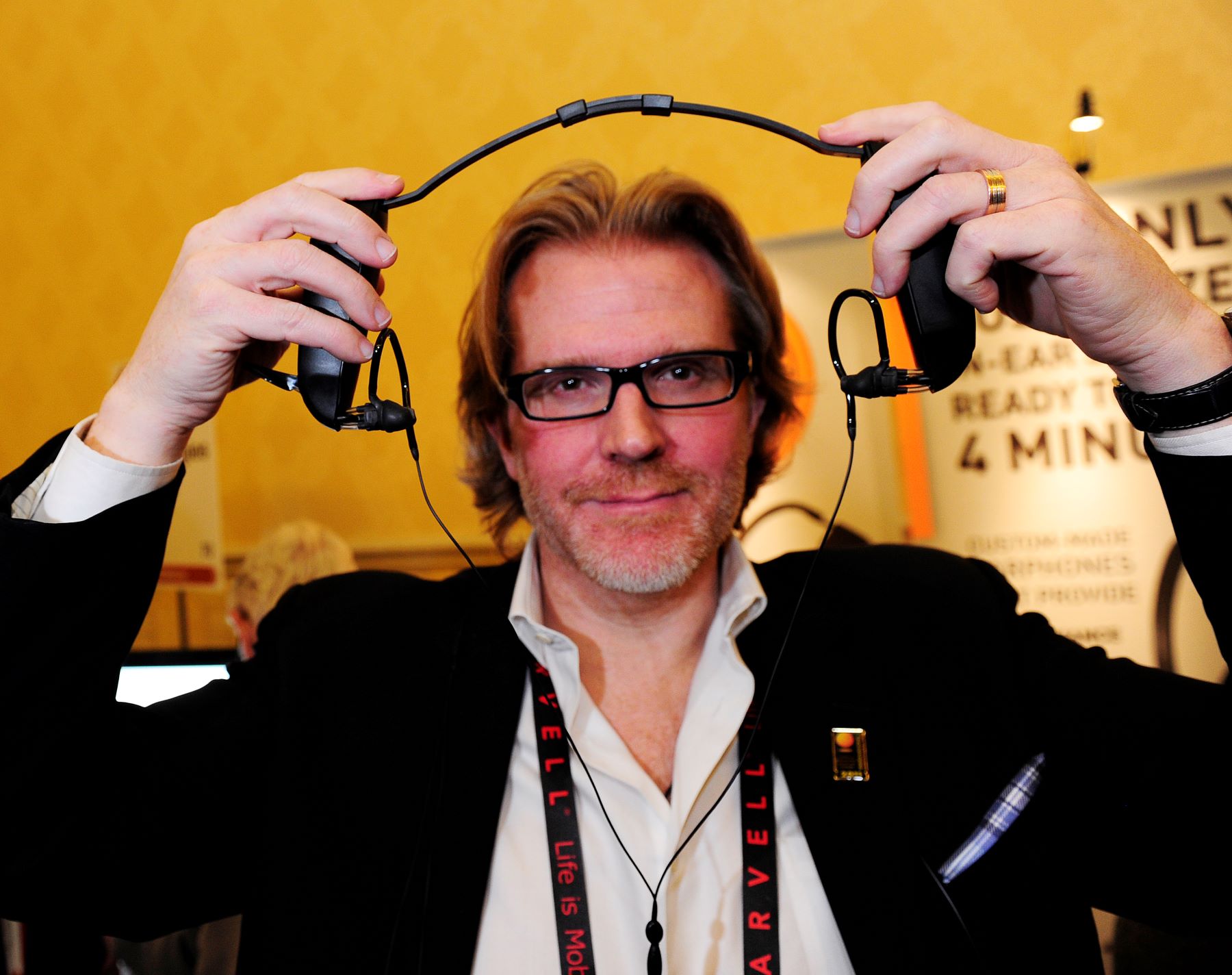
What Is Active Noise Cancellation and How Does It Work in New Cars?
From the rumble of our car’s engine to the rush of wind as we accelerate onto a highway, we usually enjoy what we hear inside our vehicles. However, many of us have turned up the radio’s volume to drown out road noise or other annoying sounds as we drive, which is a car safety issue. Active noise cancellation systems available in many new cars work differently than increasing the radio’s volume or sound deadening insulation.
What is active noise cancellation?

Unlike cranking up the radio or increasing a vehicle’s sound-deadening insulation, active noise cancellation does not interfere with hearing things like conversations with your passengers, emergency sirens, car horns, and other important sounds.
J. D. Power tells us that active noise cancellation uses microphones inside your vehicle to pick up unwanted sounds like road, tire, and wind noise. The system processes those sounds and “generates a separate signal with an inverted phase” to cancel out the unwanted sound to some extent. These inverted phase sounds play through your vehicle’s speakers, even if the radio is off.
Do new cars have active noise cancellation?
Active noise cancellation technology is available in many makes and models of new cars on the road today. The technology emerged several years ago but was most common in luxury cars or on higher-end trim models. That exclusivity is dwindling as the technology becomes more common and consumers demand more affordable vehicles.
Which new cars have active noise cancellation?
Different automakers employ unique versions of active noise cancellation in new cars. For example, in 2020, Hyundai introduced its Road Noise Active Noise Control (RANC). That same year, Jaguar Land Rover introduced its new system on the “new Jaguar F-PACE, new Jaguar XF, and Range Rover Velar” models. Additionally, GM Authority tells us that Cadillac partnered with Bose to develop an active noise cancellation for the Cadillac ATS nearly a decade ago.
Today, nearly all automakers employ active noise cancellation on some of their new car models. These systems provide a calm, peaceful environment inside the vehicle for a relaxing experience on the road. Still, active noise cancellation isn’t always beneficial to every car owner.
How the technology can create excessive noise
Some car owners enjoy upgrading their car’s sound system to make their music more enjoyable. Aftermarket stereo systems, amplifiers, and subwoofers add depth, clarity, and volume to any vehicle’s factory-installed components. In some cases, aftermarket sound systems amplify those “inverted phase” sounds designed to cancel unwanted noises to an uncomfortable level. This situation leads many aftermarket sound system installers to deactivate the car’s active noise cancellation systems anytime they install a new sound package.
Crutchfield says that there are two options for defeating your vehicle’s active noise cancellation system. The first is to seek professional help like a dealership or sound system installer. Either one should know how to defeat the system and restore your car’s interior harmony. The other option is to DIY, starting with an internet search centered on your particular vehicle. However, this DIY approach might not be the best option if you’re not handy with tools and a multimeter.
Once you’ve deactivated your active noise cancellation, you will hear more road, tire, wind, and engine noise inside your car as you drive. Adding sound deadening material under the carpet, behind the dash, door panels, and under the seats will help. However, if you’ve deactivated the system to install a ground-pounding aftermarket sound system, you probably won’t hear it anyway.



